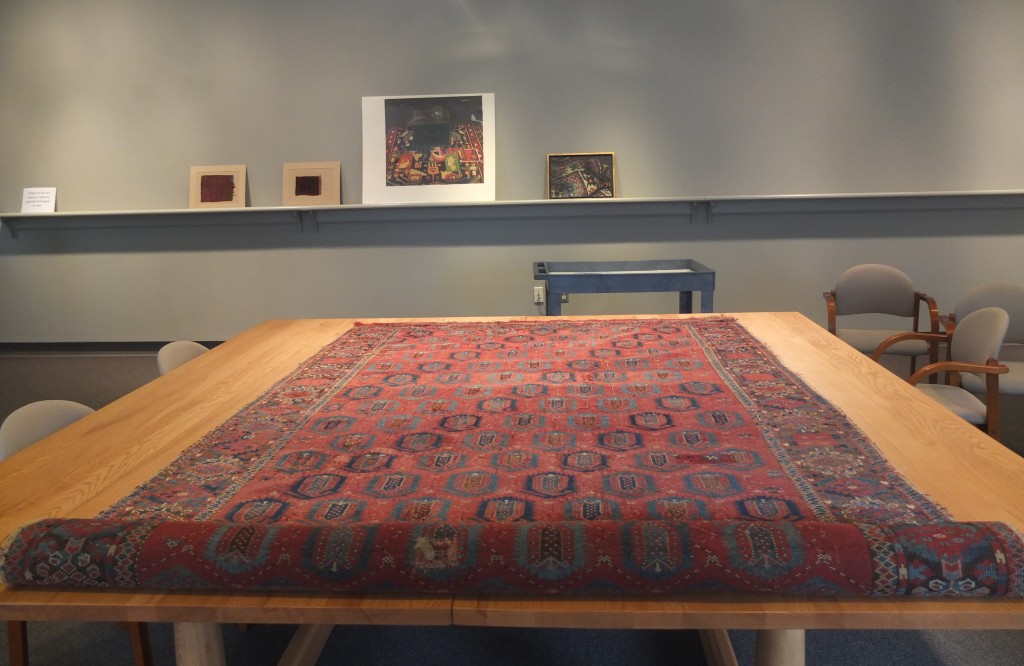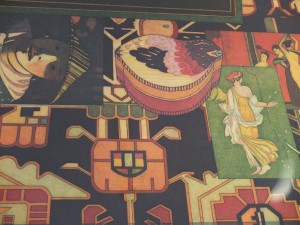The Third Space in Material Culture: ICP Internship Update
by Chelsea Miller
As an intern for the Institute for Curatorial Practice, I am particularly struck by ICP’s ability to bring a wide range of collections into one conversation. I saw this in action during the ICP’s summer program. I received a graduate fellowship that enabled me to attend the five-week program and to lead a co-curated digital exhibition, BODY [IN/AS] LANDSCAPE. My teammates and I created an exhibition that explores how human forms and activities transform landscapes, and what new landscapes are produced by an artist’s intervention in the landscape. The exhibition draws from several collections, including the Mount Holyoke College Art Museum, Hampshire College Special Collections, Smith College Museum of Art, the University Museum of Contemporary Art, and the Mead Art Museum. While these collections are part of the Five College Consortium, they remain separate. But the ICP opens up the possibility of bringing them together. After this summer, I felt inspired by the concept of digital exhibitions.

I proposed an internship project to Karen Koehler, the ICP’s director, to curate a digital exhibition of textile arts over the course of the 2015-16 academic year. I am focusing on textiles and images of textiles in the collections of the Mead Art Museum, Mount Holyoke College Art Museum, Smith College Museum of Art, and Historic Deerfield. I’m interested in creating a cross-cultural and cross-institutional exhibition that puts the collections of these various institutions into dialogue. I hope that this will become a useful resource for future students interested in material culture, global history, and curatorial practice. This is also intended for museum professionals who would like to experiment in digital exhibition of objects that are difficult to display in physical exhibition spaces.

The medium of a digital exhibition prompts questions about the possibilities and anxieties surrounding digital reproductions. Since the emergence of mechanical means of reproduction, specifically photography, there has been debate over whether the reproduced image can substitute for the original work of art. But what I hope to argue is that the digital reproduction is a useful tool for learning, teaching, and preserving objects.
My background in global history informs my approach to selecting and interpreting art objects. Most of the objects I’ve selected are believed to have been made in Central, South, and West Asia, and the objects, made by distinct cultures, share a number of common design motifs. Some have been attributed to Western Europe or the United States, and have adopted motifs and stylistic forms from material culture imported from “the East”. But some have more unclear origins. The common thread throughout many of these objects is their hybridity – I argue that these objects occupy a “third space” in material culture.
Chelsea Miller is a Public History M.A. Candidate at the University of Massachusetts Amherst and graduate intern at the Institute for Curatorial Practice.
This post is part of a series of essays, opinions, and reviews written by students, faculty, and staff of the Institute for Curatorial Practice.
